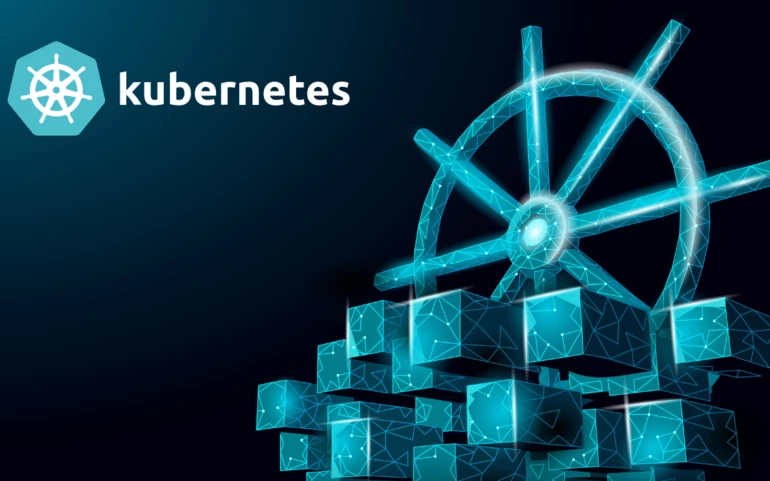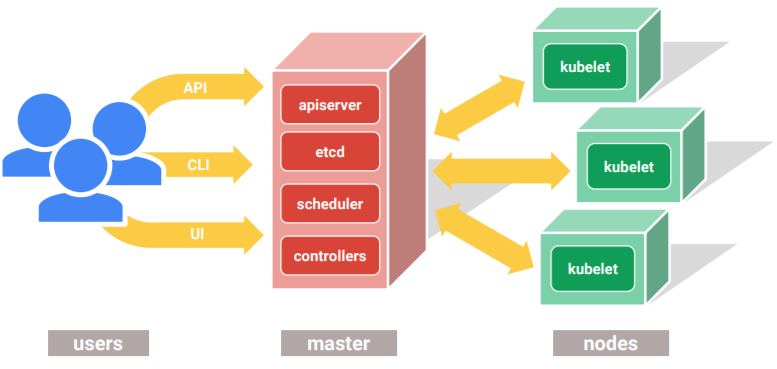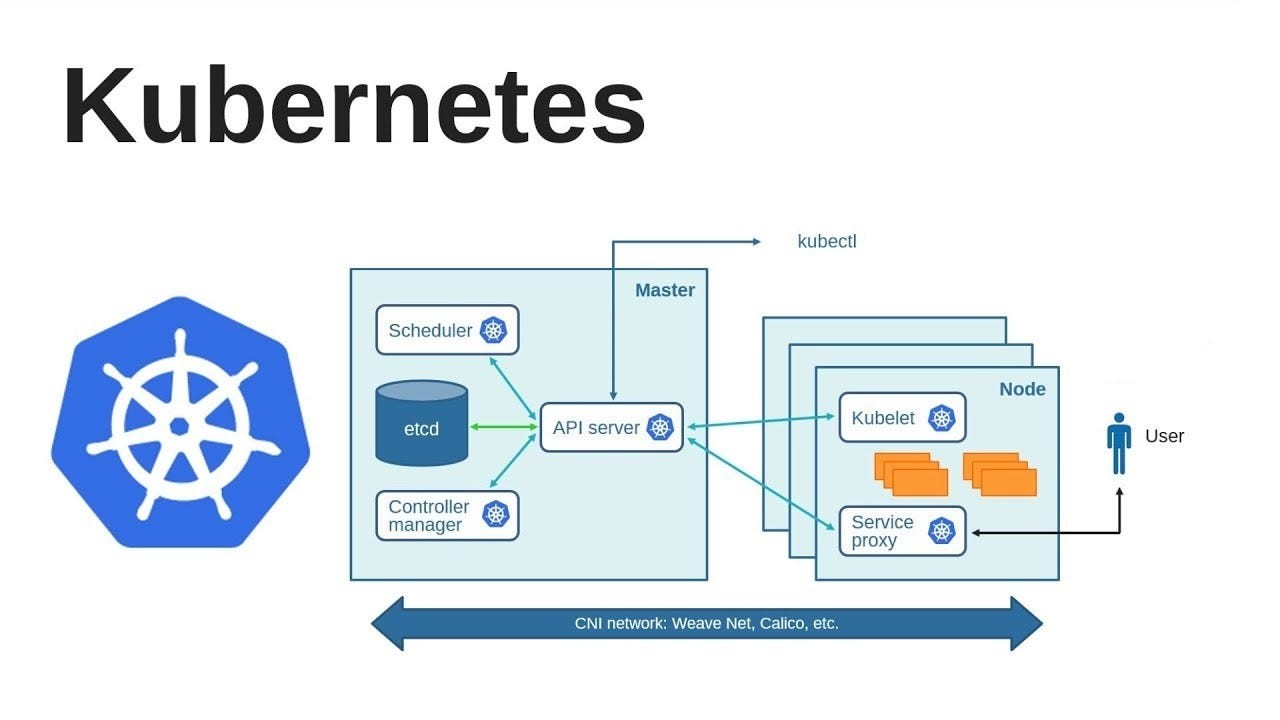Day 30 - Exploring Kubernetes Architecture 🌟
 Nilkanth Mistry
Nilkanth Mistry
🌟 Welcome to Day 30 of #90DaysOfDevOpsChallenge! Today, let's dive deep into the fascinating world of Kubernetes Architecture! 🚀
🔍 What is Kubernetes?

Kubernetes, often abbreviated as k8s, is an open-source container orchestration platform designed to automate the deployment, scaling, and management of containerized applications. Its name derives from "k8s," representing the eight letters between "K" and "S" in "Kubernetes."
⭐️ Benefits of Using Kubernetes:

The adoption of Kubernetes brings numerous benefits, including efficient resource utilization, simplified deployment and scaling processes, improved application availability and resilience, and enhanced developer productivity through automation and self-healing capabilities.
🏗 Architecture of Kubernetes:
Kubernetes follows a master-slave architecture, with the master node responsible for managing the cluster's overall state and the worker nodes executing containerized workloads. The master node consists of several components, including the API server, scheduler, controller manager, and etcd, while the worker nodes run kubelet agents to manage containers.
🎛 Control Plane:

The control plane, also known as the master node, is the central management entity in a Kubernetes cluster. It oversees cluster operations, such as scheduling applications, monitoring node health, and managing cluster-wide configuration and state.
🔧 Difference Between kubectl and Kubelet:
kubectl is a command-line tool used to interact with Kubernetes clusters, allowing users to manage applications, view cluster resources, and execute administrative tasks. On the other hand, kubelet is an agent that runs on each worker node and communicates with the master node to manage container operations on the node.
🚦 Role of the API Server:

The API server serves as the front-end interface for Kubernetes, handling requests from various components and users. It exposes the Kubernetes API, validates and processes requests, and updates the cluster's state stored in etcd.
📚 Understanding Kubernetes architecture is crucial for mastering container orchestration. Take the time to explore its components and interactions to unlock the full potential of Kubernetes in your DevOps journey. Happy Learning! 🌈 #Kubernetes #ContainerOrchestration #DevOpsArchitecture #Automation 🌟
Subscribe to my newsletter
Read articles from Nilkanth Mistry directly inside your inbox. Subscribe to the newsletter, and don't miss out.
Written by

Nilkanth Mistry
Nilkanth Mistry
Embark on a 90-day DevOps journey with me as we tackle challenges, unravel complexities, and conquer the world of seamless software delivery. Join my Hashnode blog series where we'll explore hands-on DevOps scenarios, troubleshooting real-world issues, and mastering the art of efficient deployment. Let's embrace the challenges and elevate our DevOps expertise together! #DevOpsChallenges #HandsOnLearning #ContinuousImprovement
